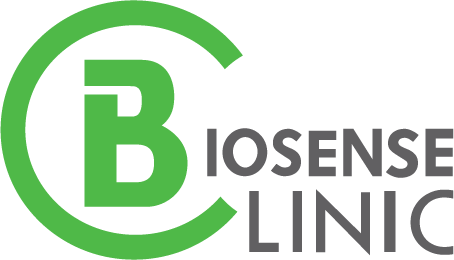Methylcobalamin Form of Vitamin B12 Should be Chosen Over Cyanocobalamin Form
Share
Both methylcobalamin B12 and cyanocobalamin B12 are vitamin b12 form on the market. What are their differences and which one should one choose?
Cyanocobalamin is the most commonly supplemented form of vitamin B12 because it is the most air-stable, easiest to crystallize, and simpler to purify. However, it is an inactive form of vitamin B12 which requires conversion by the body to the usable active form - methylcobalamin. Since cyanocobalamin cannot be found naturally in the human body, cyanocobalamin is considered as the more “synthetic” form of B12. Because every person’s body has a different rate and competency of conversion, the amount of converted usable vitamin B12 differs at the end. A person may not obtain as much vitamin B12 if the cyanocobalamin form is used.
Methylcobalamin on the other hand is the active form of vitamin B12 which is readily available for the body to utilize without the need of conversion. Compared with cyanocobalamin, it appears that methylcobalamin is better absorbed and retained in higher amounts within the tissues. In simple terms, they are used much more effectively and efficiently. In general, methylcobalamin is used primarily in the liver, brain and nervous system. It should be the first form of vitamin B12 to use to optimize nervous system health with vitamin supplementation.
Regardless of the delivery methods of vitamin B12, whether it is a topical form or sublingual form, methylcobalamin should always be anyone’s first choice of vitamin B12!
